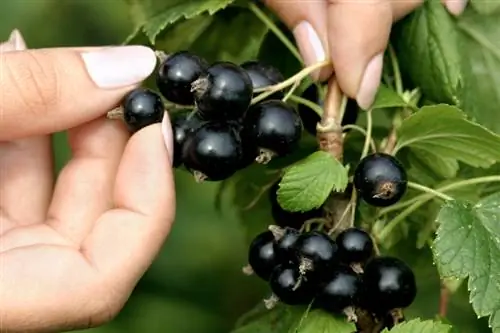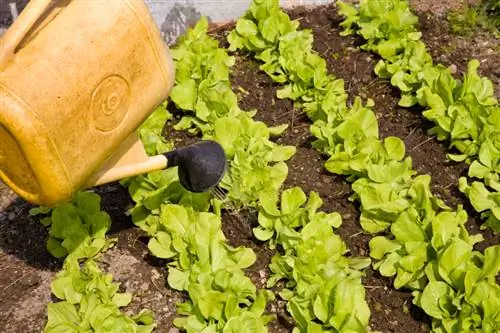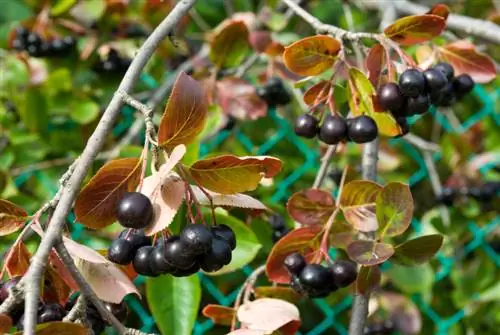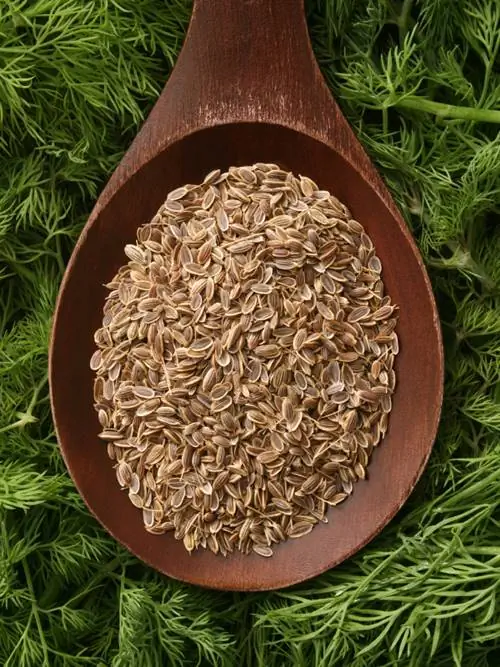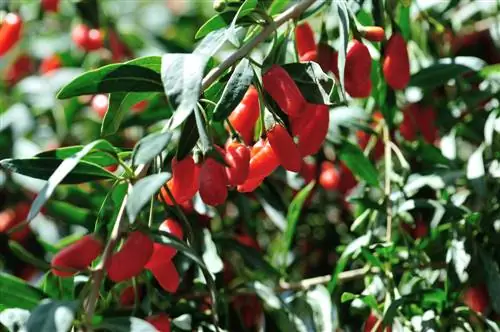- Author admin [email protected].
- Public 2023-12-16 16:46.
- Last modified 2025-01-23 11:20.
In order for the currant bushes in the garden to bear a lot of fruit, they need humus-rich soil. By applying the right fertilizer, you can ensure that the bushes produce a rich harvest. In addition, a good supply of nutrients ensures that the plants are more resistant to diseases.
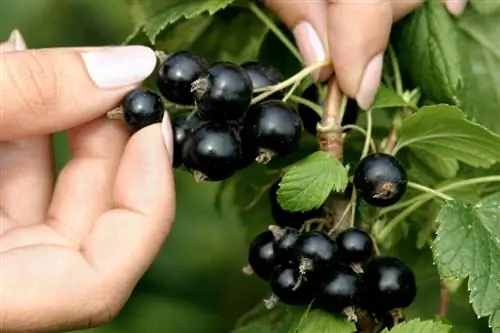
How do you fertilize currants correctly?
To fertilize currants successfully, you should prepare the soil with green manure before planting and regularly use fertilizers such as compost, farmyard manure, horn meal or berry fertilizer during the growth phase. Autumn fertilization with horn or bone meal strengthens the plants for winter rest.
The best fertilizers for currants
- Compost
- stable manure
- Horn meal
- Stinging nettle manure
- Berry fertilizer
Many of these fertilizers can be made yourself. If you don't have any compost or nettles in your garden, use commercially available berry fertilizer (€10.00 on Amazon). You can also get horn meal in the garden market.
Improve the soil before planting
Currants need nitrogen to thrive. Therefore, prepare the soil well before planting.
Sow some green manure such as lupine or phacelia, also known as bee pasture, a few weeks in advance. Simply dig under the green manure shortly before planting.
The roots of the green manure loosen the soil. The shredded plant material rots in the soil and releases valuable nutrients. Very poor soils can also be improved with mature compost or well-rotted manure. Fill the planting hole with it as soon as you have planted the currants.
Fertilize currants regularly
In early spring, the bushes should be fertilized in good time before budding. Further fertilizer applications take place in April and May.
Stinging nettle manure, which you can easily make yourself, is very suitable. However, only use nettles that have not yet set flowers. You can feed your currants several times a year with diluted manure. You should only stop fertilizing with it directly before the harvest.
Alternatively, you can also use ready-made berry fertilizer from the garden market.
Autumn fertilization
Before the plant goes into hibernation, sprinkle horn or bone meal under the plants and work the material very lightly into the soil.
When caring for currants, avoid loosening the soil too deeply. They then damage the roots of the currants, which run very shallowly beneath the surface.
Tips & Tricks
You can ensure a good supply of nutrients when you mulch your currants. A mulch layer of leaves, grass, straw or bark mulch not only ensures that no weeds emerge. The material breaks down and releases important nutrients. At the same time, the shallow roots are optimally protected.

